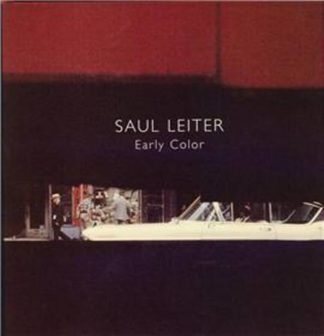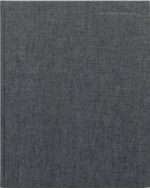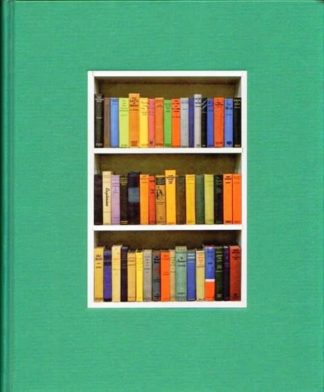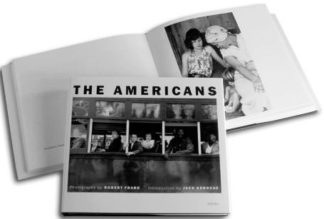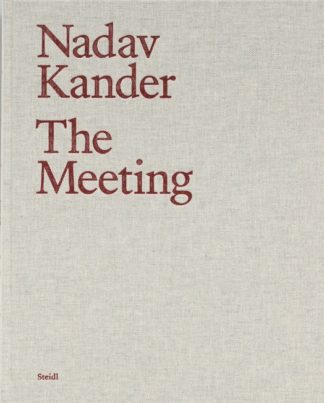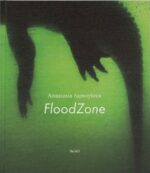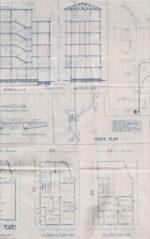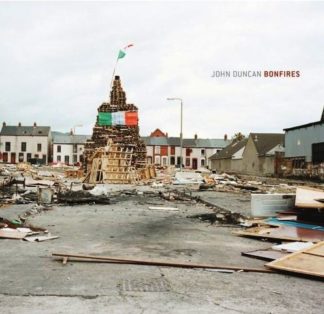Ce livre présente les multiples facettes du photographe Balthasar Burkhard (1944-2010), montrant son engagement en tant qu’artiste et traçant la trajectoire du médium de la photographie dans la seconde moitié du Xxe siècle. Le travail de Burkhard combine une compréhension sensible du corps en tant que sculpture et de l’image photographique en tant que toile, ce qui en fait l’un des pionniers de la traduction de la photographie en tant que « tableau » monumental en art contemporain.
Ce livre complet réunit le rôle de Burkhard comme chroniqueur de l’art contemporain de son temps, en particulier en tant que photographe principal pour le commissaire suisse Harald Szeemann, sa redéfinition conceptuelle de la photographie avec d’autres artistes, et enfin son émancipation en tant que photographe. Elle accompagne une importante rétrospective organisée par le Musée Folkwang d’Essen, le Fotomuseum Winterthur et la Fotostiftung Schweiz, le Museo d’arte della Svizzerra italiana de Lugano et le Domaine Balthasar Burkhard de Berne
This book presents the many facets of photographer Balthasar Burkhard (1944–2010), showing his self-invention as an artist and tracing the trajectory of the medium of photography in the later half of the twentieth century. Burkhard’s work combines a sensitive understanding of the body as sculpture and the photographic image as a canvas, making him one of the pioneers in translating photography as a monumental “tableau” into contemporary art.
This comprehensive book coalesces Burkhard’s early role as a chronicler of the contemporary art of his time, especially as the main photographer for Swiss curator Harald Szeemann, his conceptual redefinition of photography together with other artists, and finally his emancipation as a photo artist. It accompanies a major retrospective organized by Museum Folkwang in Essen, Fotomuseum Winterthur and Fotostiftung Schweiz, the Museo d’arte della Svizzerra italiana in Lugano and the Balthasar Burkhard Estate in Bern.


